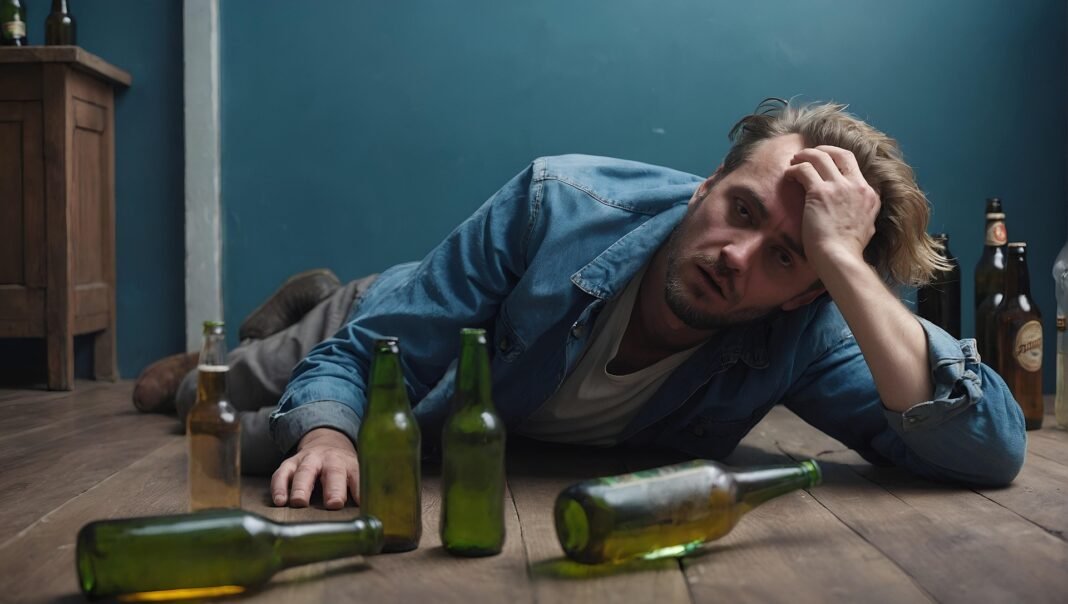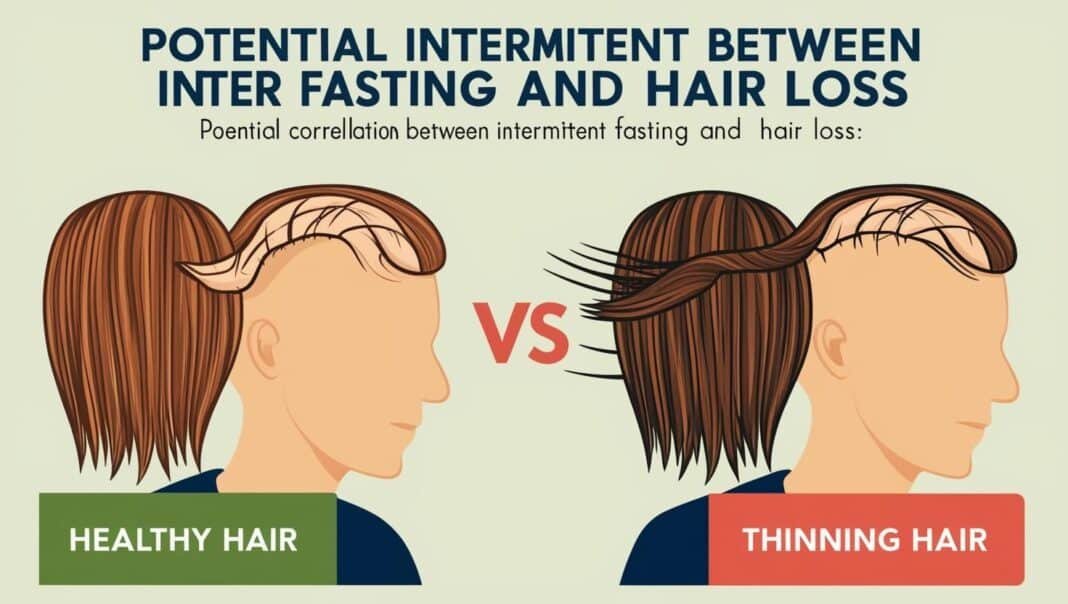Reduce Cancer Risk by limiting or eliminating our drinking habits can save lives of hundreds or thousands.
Connecting the Dots, or Not: Cancer, Alcohol, and the Residual Confounding Cannot Be Ignored
To reduce cancer risk, in a new advisory, U.S. Surgeon General Dr. Vivek Murthy has released a “highly unusual warning” regarding the association between alcohol use and elevated cancer risk. Even though many think of alcohol as synonymous with conviviality and relaxation, it is little known that this is a leading cause of several cancers. Alcohol a risk factor for cancers of throat, liver, esophagus, mouth, larynx (voice box), colon and rectum According to the warning, alcohol raises the risk of developing cancers of the throat, liver, esophagus, mouth, larynx (voice box), colon and rectum. This makes it the “third leading preventable cause of cancer” in the United States.
And, as more people — especially millennials — have become aware of the health and wellness risks of heavy drinking, they’ve embraced the “sober curious” movement, reducing their alcohol intake or abstaining altogether. If you’ve been thinking about cutting back on alcohol and aren’t sure how to do it, here are six realistic tips to help you transition effectively and safely.
Check the Quality of your Relationship with Alcohol
Before you do anything you need to assess where your drinking and dependence lie right now. One of the “most serious substances” when it comes to detoxification is alcohol, said Dr. Chris Tuell, clinical director of the Lindner Center of HOPE in Mason, Ohio. If you’re drinking alcohol heavily and on a regular basis, it could be dangerous to suddenly stop or taper off too quickly.
Dr. Adi Jaffe, an addiction specialist and the author of Unhooked, says it’s crucial to get professional help before quitting, particularly if you have symptoms like tremors, shaking, or excessive sweating when you go without a drink. These are signs of possible alcohol dependence, and withdrawal on your own can be dangerous, even causing seizures, if you stop abruptly. Here’s why: Talking to a healthcare provider is a way to make sure you can safely and successfully cut back.
Establish Clear Goals and Monitor Your Progress
If you don’t have a serious dependency relationship to alcohol but you want to cut back, having realistic and specific goals is important. Dr. Tuell recommends defining how much and under what circumstances you intend to drink. For instance, you could choose to allow yourself to consume alcohol only on weekends, or to drink a maximum of two beverages per event.
One way to monitor your habits is to keep a drinking journal. Keep a drinking diary for a week or to identify patterns and triggers. This exercise can help you identify both emotional or situational triggers that drive you to drink, whether it’s work stress, social settings or boredom. Then as you go, increasing your alcohol-free days every week can reinforce the better habits.
Avoid the Triggers and Replace with Healthier Options
Once you’ve pinpointed the triggers for your drinking, the next task is to learn healthier coping mechanisms. When a drink is the last thing you should do, try something else: a walk, meditation, journaling, calling a friend.
Drinking patterns can also be largely influenced by social environments. If you’re watching the booze, head instead for non-alcoholic libations like sparkling water, mocktails or herbal teas. Bring your own non-alcoholic drink to social events to avoid peer pressure. Many people also do better if they stay away from venues where heavy drinking is promoted, such as bars or clubs.
Modify Your Environment
Habits are largely about the environment you’re in. Small alterations to your environment can remove temptation to drink. For example:
- Take alcohol out of your home or keep it hidden.
- Schedule activities that don’t center on alcohol, such as hiking, painting or movie nights.
- Surround yourself with friends who are on board with your decision to consume less.
Dr. Jaffe stresses that having a strong support network can make all the difference. Whether friends, family or support groups, having people who support your choices will help you stay on track.
Practice Saying No with Confidence
To reduce cancer risk one of the hardest parts of cutting back on alcohol is how to handle social situations where everyone is drinking. The message which gets communicated to us is that it may be impolite or uncomfortable to turn down a drink. But crafting some simple answers can help these encounters. These are nice, firm ways to say no to alcohol:
- “Nah, I’m cutting back on drinking right now.”
- “I’m fine with my drink, thanks!”
- “I’ve got an early morning so I’ll pass on the alcohol tonight.”
If social drinking is a significant part of your life, you might look into support groups such as Alcoholics Anonymous, SMART Recovery or Celebrate Recovery. Such communities offer precious motivation and pragmatic methods to scale back.
Be Kind to Yourself
The process of changing your drinking is a process and setbacks are a normal part of behavior change. And again, instead on perfection, strive for progress. If you do mess up, don’t despair — just get back on track toward your goal.
Dr. Tuell advises that people celebrate milestones in ways that do not involve alcohol. Treat yourself to things that make your heart happy: a spa day, a day out shopping, weekend away.
The Pros and Cons of Cutting Back on Alcohol
And there are a variety of health benefits that come with scaling back on alcohol. In the immediate future, cutting back on alcohol can help improve your sleep, increase your energy, and lift your mood. In the long run, it reduces your risk of high blood pressure, liver disease and, most crucially, cancer.
Booze is associated with at least seven types of cancer — even in moderate amounts. By simply curtailing booze in your life, you can do a lot to reduce your chances of developing cancer and feel healthier all around.
Useful advice on how to cut down drinking
If you want some easy places to cut back, here are some places you could start:
- Monitor your intake: Track your alcohol consumption in an app, a notebook, a journal or calendar.
- Schedule drink-free days: Have alcohol-free days during the week, and then add the rest gradually.
- Alternatives to Drinks: Substitute alcoholic drinks with non-alcoholic beverages such as water, ginger ale or tea.
- Drink from smaller glasses: Small glasses can prevent over-drinking.
- Freeze wine for cooking: Then you won’t have that “open bottle just sitting there, I’ll just finish it” impulse.
- Avoid a round of drinks: When you are out with friends, order a round when you are ready, but not when you feel the need to keep up.
- Get a dry pal: A friend or family member who joins you in drinking less can provide motivation and a degree of accountability.
The Alcohol Guidelines in Context
No level of alcohol consumption is entirely risk-free, health experts say. But recommendations are that men should drink no more than 14 units a week, with a few booze-free days between to be safe. For context:
- One single (25ml) spirit measure contains 1 unit
- 1 pint of beer (4%) = 2 units
- a standard (250ml) glass of 12.5% wine contains 3 units
Alcohol and Calories
In addition to the health risks, alcohol contains a lot of calories. For example:
- A glass of wine (200ml) — 190 calories
- A pint of beer — 170 calories
- 155 calories per 2 packet serving of spirits
Cutting back on alcohol can help you lose weight and also make a healthier diet easier to stick to.
Thoughts: Think Before You Drink
Alcohol is entrenched in many societies, but its link to health, and cancer risk in particular, is not as deeply ingrained. And the best thing you can do to reduce your risk is to do it proactively and reduce your alcohol consumption.
Don’t forget, the less you drink, the lower your risk of cancer and other health problems. Whether you decide to cut down over time or quit booze altogether, anything you do to cut back on alcohol will help. With a little awareness of your drinking habits, structure and support, you can make that change all the more beneficial to your health for the long run.
Conclusion For Reduce Cancer Risk
Alcohol use remains deeply rooted in modern life, but the growing awareness of its link to various health conditions — especially cancer — demands renewed attention. The U.S. Surgeon General’s advisory underscores the urgency for people to rethink drinking habits not just for short-term benefits like energy or better sleep, but for long-term cancer prevention.
Fortunately, cutting back or abstaining is a highly achievable goal. By identifying triggers, forming healthier routines, setting boundaries, and leaning on community or professional support, individuals can make powerful strides toward improved well-being. Ultimately, the less you drink, the better your chances for a longer, healthier life.
FAQs
Is it true that even small amounts of alcohol can increase cancer risk?
Yes. Research shows that even moderate drinking is linked to higher risks for several types of cancer, including breast, liver, and esophageal cancers.
What are some signs I might need help reducing alcohol?
Physical symptoms like shaking, tremors, excessive sweating, or anxiety when not drinking can indicate dependence. Consult a healthcare professional before stopping abruptly.
Can non-alcoholic drinks completely replace the social element of drinking?
Yes. Mocktails, sparkling water, and herbal beverages offer festive, enjoyable alternatives. Plus, you can still socialize while supporting your health goals.
How many alcohol-free days should I aim for?
Experts recommend having several alcohol-free days each week. Start with one or two and increase gradually to build consistency.
Read More On Website
Alchohol linked to cancer in health advisory as doctors react
Early Stage Detection Of Cancer
Alcohol is the 3 most reason for Cancer
Reference Article







[…] Reduce cancer risk : 6 ultimate tips for safely scaling back on drinking […]
[…] Reduce cancer risk : 6 ultimate tips for safely scaling back on drinking […]
[…] Reduce cancer risk : 6 ultimate tips for safely scaling back on drinking […]